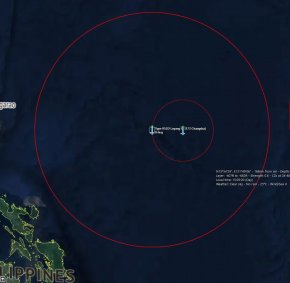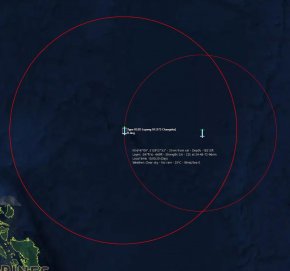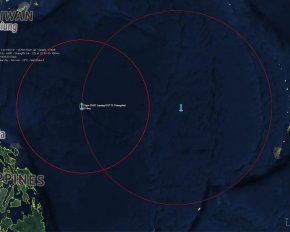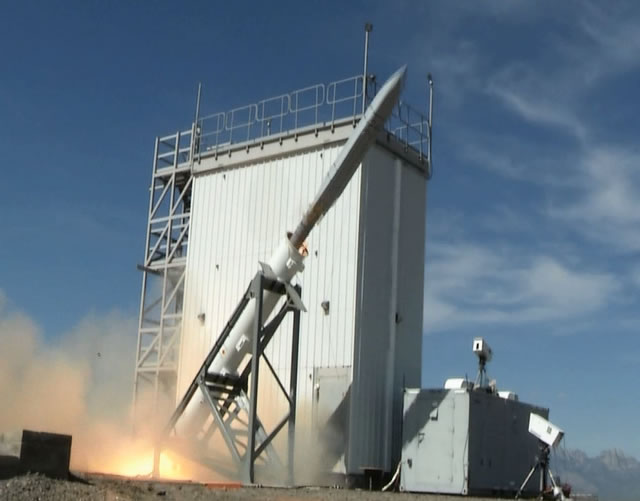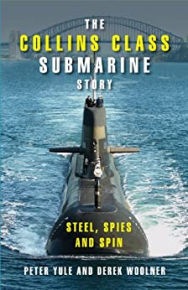Agree, and I think part of what we are butting up against is the fact that the USN hasn't really chosen an obvious Harpoon replacement as far as surface vessels are concerned. For the time being they seem to be content with NSM for the LCS and then leveraging their forthcoming stocks of Tomahawk Blk V, which will give them significant standoff range against both YJ18 and YJ100 for the foreseeable future.
In the absence of the latter in our inventory, I think a good argument can be made for weighing the 12 x topside NSM option against the 8 x topside LRASM that was mooted a few years ago (this with respect to Hunter and Hobart classes specifically):
As I've said before, the main reason is that it would give our most valuable surface combatants the ability to shoot from outside the range of the YJ18, which is probably the most dangerous threat AShM we face. The geek that I am, I plugged this into CMO (formerly CMANO) to give a better visual approximation of the difference(s) we are talking about.
The image below shows the approximate range rings for a Type 052D class DDG armed with YJ18 (left) against a Hobart armed with NSM (right).
View attachment 47881
The next shows the same vessels, this time with Hobart (right) armed with SM6 Blk IB:
View attachment 47882
Finally, we have the same vessels again, but this time we arm the Hobart with LRASM:
View attachment 47883
As you can see, the difference is actually quite dramatic (assuming the sim has the range figures in the right ballpark). Now, I want to emphasise that this is obviously an extremely simplified way to view things, since the problem of OTH targeting, among many other things, will limit just how much of a given AShM's range can
actually be employed against a given target, and our vessels are more than likely to operate as part of a joint force coalition, not alone. That said, for a medium sized Navy that can ill afford to put its scarce vessels and people at undue risk, a topside LRASM in lieu of NSM on Hunter and Hobart has a lot going for it, with very little downside (IMO).

